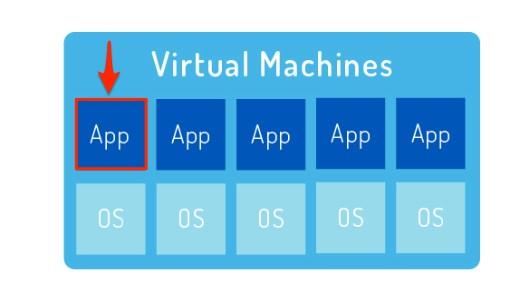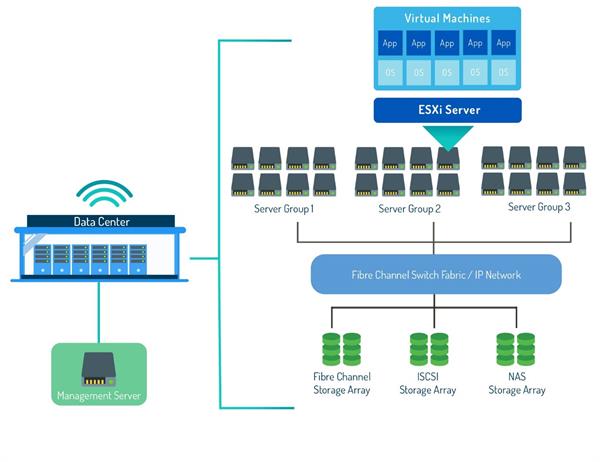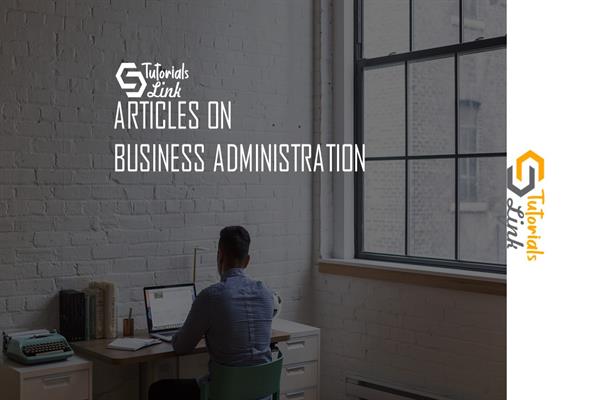What is Building a Data Center in Virtualization Concepts?
What is Building a Data Center in Virtualization Concepts?
At the start of this course, virtualization was described because the process of putting in a hypervisor onto hardware, or an OS, to permit a user to make virtual machines. a knowledge center is often virtualized within the same manner as a compute system while also providing applications to clients. If you recall, the first intention of a VM is to supply applications during a virtual environment

A data center has more hardware and software and thus more computing power than a private computer or one server, which makes it ready to deliver VMs and applications on a bigger scale and more importantly, serve a greater number of users.
Before discussing how the info center works as an entire to deliver applications to finish users, let’s discuss how a knowledge center is made in the first place. Building a knowledge center involves an excellent amount of hardware, and adding to the complexity of assembling the components, there is a spread of companies that sell data center-level hardware. To simplify the method, a corporation building a knowledge center can use one among two infrastructure models: a converged infrastructure or a best-of-breed infrastructure.
Converged infrastructure integrates all the info center hardware and software components into one package from a provider. The provider offers a preconfigured unit optimized for the info center being built. for instance, if a corporation building a knowledge center decides to use a Dell converged infrastructure, the info center will only use Dell hardware. Having a provider put together all the components and supply central management can facilitate faster acquisition and deployment of the info center.
A best-of-breed infrastructure is when the info center has different top-of-the-line components like best-of-breed servers, storage devices, and networking equipment from multiple vendors. An example would be a knowledge center with Hewlett Packard servers, Cisco networking devices, and IBM storage devices. this sort of infrastructure leads to a lower cost from competitive pricing, prevents vendor lock-in, and enables the repurposing of existing data center components.
Once all the components are in situ, the info center must be managed. A management server is about up to watch the info center’s performance and permit the administrators to allocate resources efficiently, like picking which servers to line up as clusters or moving additional storage capacity to a group of VMs. With adequate resources and management, the info center is now capable of sending and receiving data to its customers.






